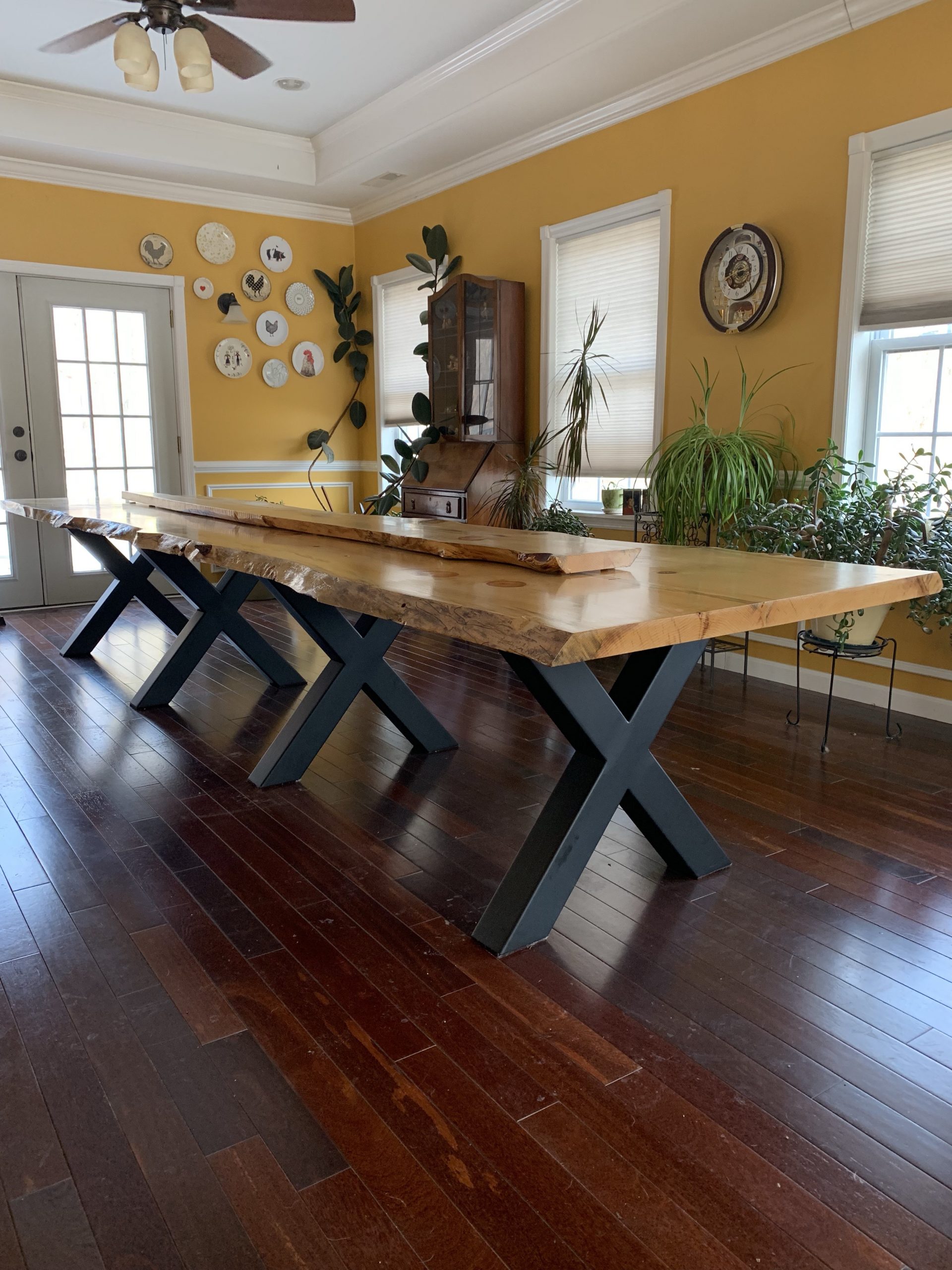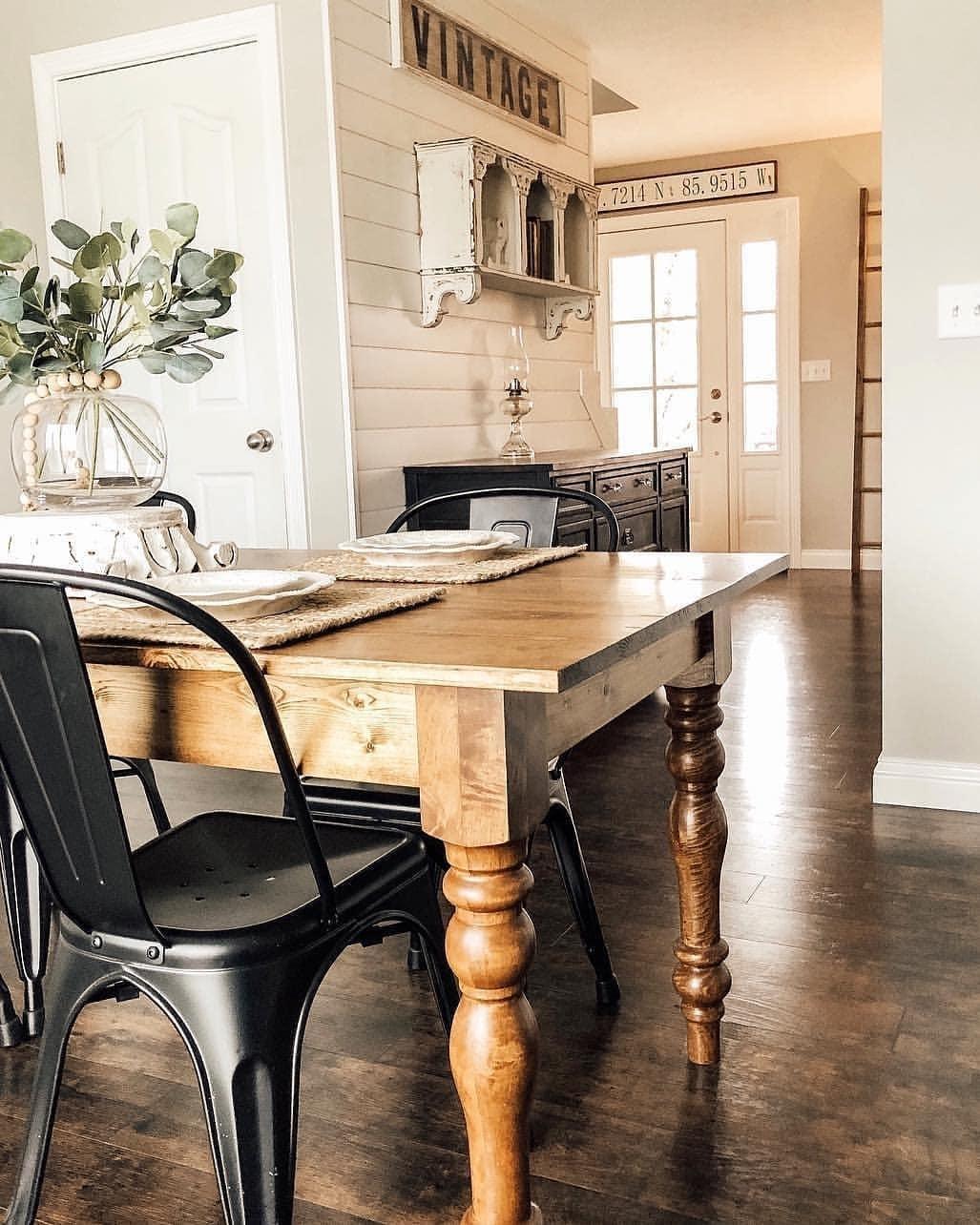Check Out Versatile Styles for Personalized Dining Table Legs Wood Solutions
Check Out Versatile Styles for Personalized Dining Table Legs Wood Solutions
Blog Article
Exploring the Various Sorts Of Table Legs Timber for Your Dining Area
The option of dining table legs wood can greatly influence both the useful and visual qualities of your dining space. Solid wood choices, such as oak and walnut, supply a timeless appearance with unparalleled longevity, while crafted timber choices offer innovative designs that mimic the richness of natural grains.
Strong Timber Options

Unlike engineered materials, solid timber is much less vulnerable to bending and damage over time when correctly maintained. Each piece of strong timber is unique, showcasing specific features that include to the appeal and character of the dining table.
Additionally, solid timber can be completed in many methods, ranging from natural oils to tarnished coatings, enabling house owners to customize their furniture to match their style. In recap, choosing solid timber for dining table legs not just makes certain structural integrity yet additionally improves the visual appeal of the dining location, making it a beneficial investment for any home.
Engineered Timber Alternatives

Plywood, created from multiple layers of timber veneer, is specifically solid and steady, making it an excellent selection for dining table legs. Its split composition permits it to stand up to adjustments in humidity and temperature level much better than traditional strong timber. MDF, on the other hand, supplies a smooth surface for paint or veneering, enabling developers to attain a refined appearance while maintaining architectural honesty.
When picking crafted timber choices, it is essential to consider the intended use and desired visual. These products not just boost the functionality of eating spaces yet likewise enable for higher design flexibility, guaranteeing that standard and contemporary styles can coexist sympathetically.
Reclaimed Timber Includes
Redeemed timber provides a distinct blend of sustainability and character, making it a significantly preferred option for dining table legs. Sourced from old barns, factories, and various other frameworks, reclaimed timber personifies a background that new products simply can not replicate. Each item brings its own tale, noted by unique imperfections, knots, and differing grain patterns, which add to a table's distinct visual charm.
In addition to its aesthetic appeal, reclaimed timber is an eco-friendly alternative. By repurposing previously used products, it minimizes the need for brand-new lumber, hence assisting to decrease and save woodlands waste. This lines up with a growing consumer choice for sustainable techniques in decor.
Moreover, reclaimed timber is frequently more long lasting than newly gathered timber because of its age. The natural drying procedure that reclaimed timber undergoes his explanation outcomes in a denser and stronger material, making it much less susceptible to bending and splitting. This boosts the longevity of eating tables, permitting them to endure the roughness of daily use.
Softwood vs. Wood
When choosing table legs, understanding the differences in between softwood and hardwood is important for attaining both useful and aesthetic goals. Softwoods, obtained from coniferous trees, such as ache and cedar, are defined by their lighter weight and ease of control. They usually exhibit a more rustic appearance, making them ideal for informal or country-style eating rooms. Softwoods are usually much less durable than hardwoods, which can be a consideration for families or those seeking durability in their furniture.
On the other hand, hardwoods, sourced from deciduous trees like cherry, oak, and maple, are renowned for their thickness, stamina, and toughness. The complex grain patterns and abundant shades of hardwoods provide a sophisticated and ageless allure, making them ideal for official eating settings. While hardwoods tend to be extra pricey and much heavier, their resilience versus deterioration usually validates the investment.
Ultimately, the selection in between softwood and hardwood for eating table legs must align with your layout vision, use needs, and spending plan, making certain that your dining room reflects your individual style while continuing to be practical in time.

Therapies and coatings
The visual charm and durability of table legs can be considerably enhanced through various coatings and therapies. These processes not only protect the timber from damages however also elevate its look, enabling it to match diverse indoor styles.
One usual therapy is discoloring, which penetrates the wood and boosts its all-natural grain while including color. Discolorations provide an abundant, sophisticated look, enabling home owners to match their furnishings with existing design. On the other hand, clear finishes such as polyurethane or varnish develop a protective layer without changing the timber's original tone, making sure toughness against damage.
Furthermore, natural oils, like tung or web link linseed oil, nurture the wood and use a subtle luster, all while being green. These oils enable the surface area to breathe, preventing dampness buildup and possible warping.
For those looking for a rustic beauty, weathered or distressed coatings can be related to produce an aged look, adding character to the item. Ultimately, the choice of treatments and coatings depends on individual preference, preferred looks, and the specific timber type, making it vital to think about these variables when websites selecting table legs for your room.
Conclusion
Strong timbers, crafted choices, and redeemed alternatives each deal unique benefits, catering to different preferences and needs. Ultimately, the choice of wood kind need to straighten with wanted design, longevity, and ecological factors to consider, boosting the general dining experience.
The choice of eating table legs wood can exceptionally impact both the aesthetic and functional high qualities of your dining room - Dining Table Legs Wood. Strong wood options, such as oak and walnut, provide a timeless appearance with unparalleled toughness, while crafted wood choices supply ingenious designs that resemble the splendor of natural grains. Strong wood provides a classic high quality that can boost the overall design of a dining space. Each item of solid wood is one-of-a-kind, showcasing specific qualities that include to the charm and personality of the eating table
Furthermore, redeemed wood is frequently extra long lasting than newly collected wood due to its age.
Report this page